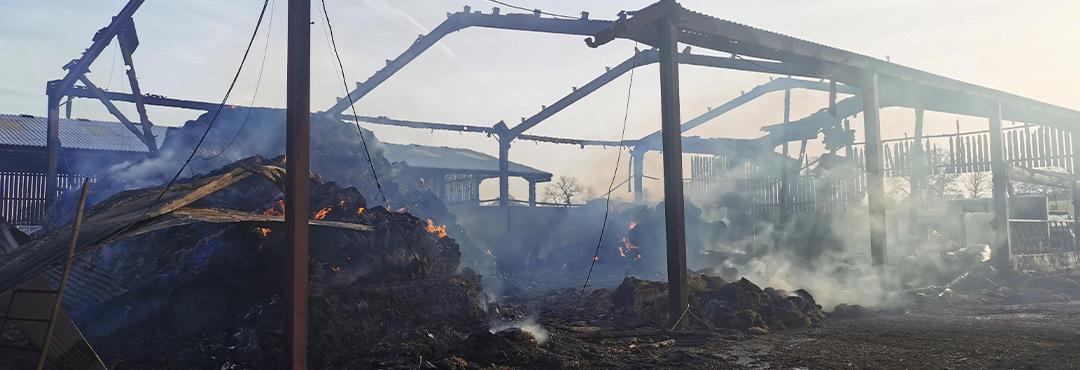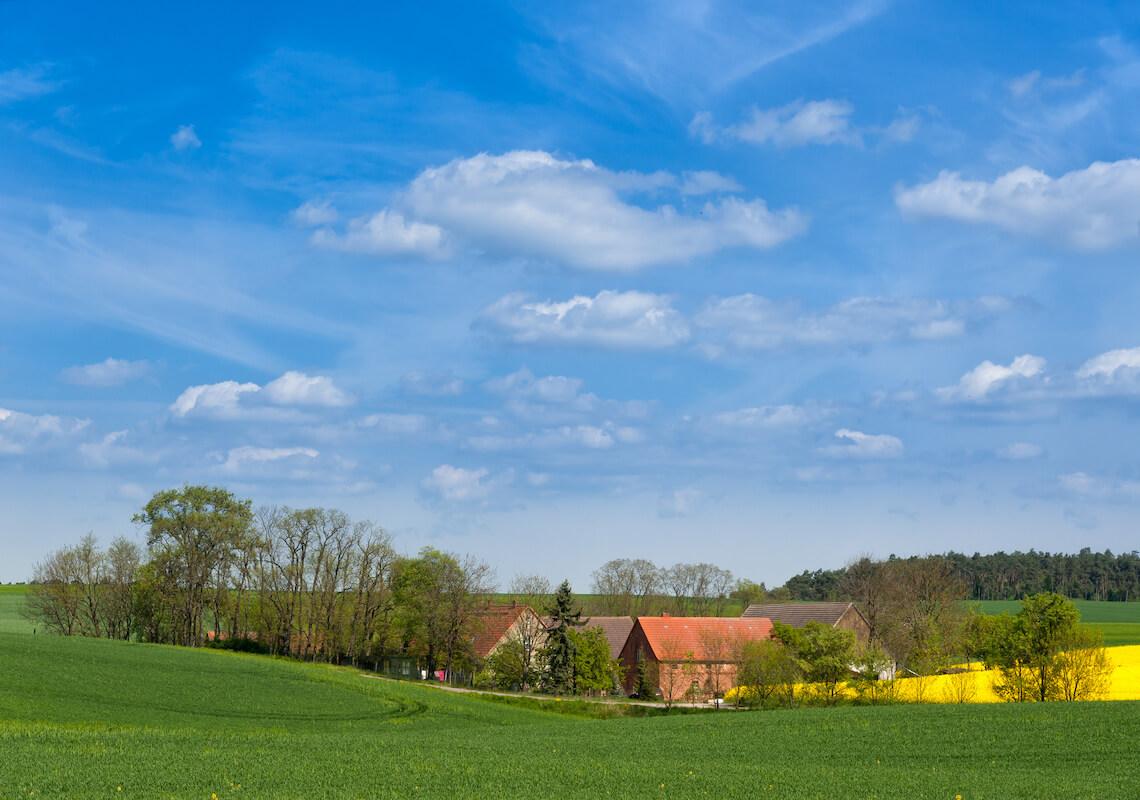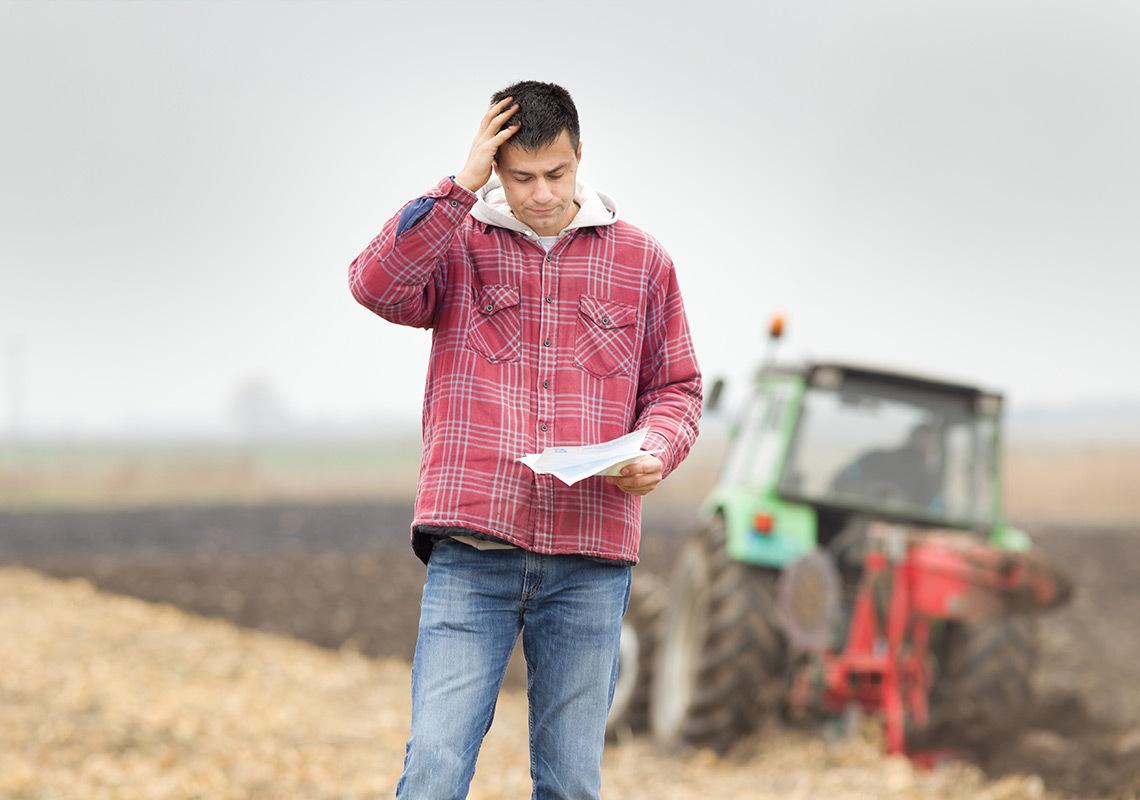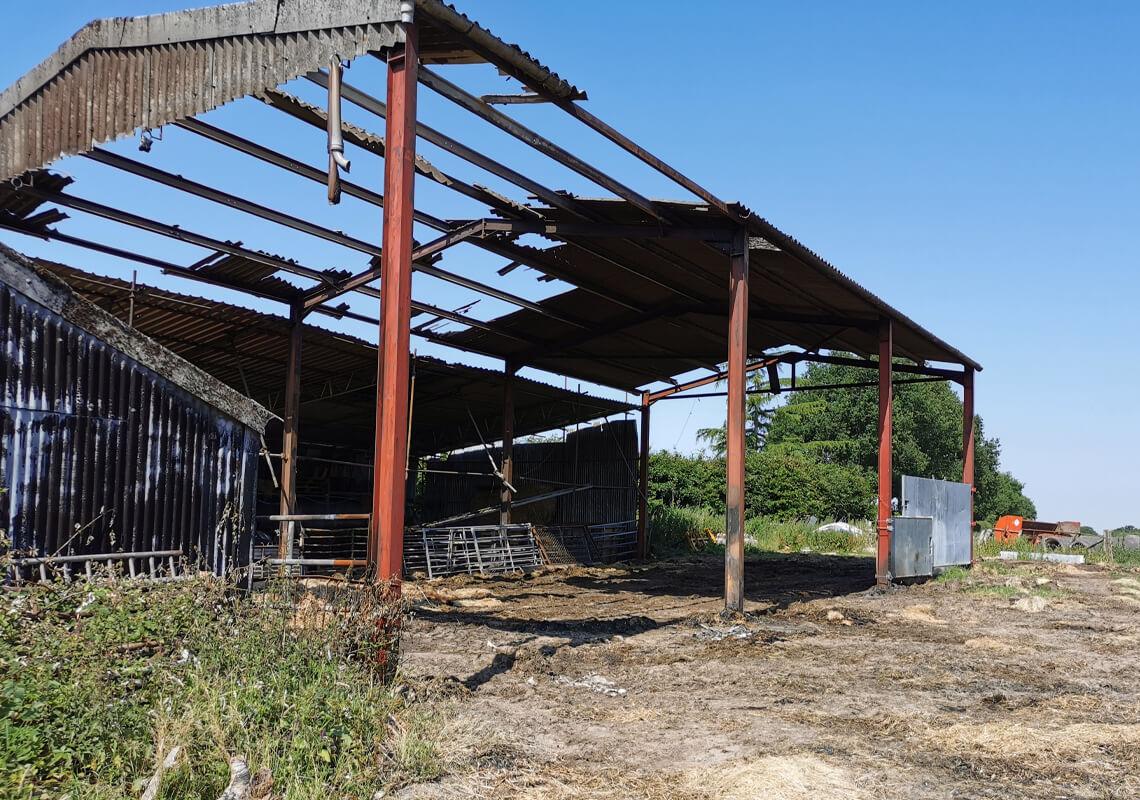Farm Buildings Sums Insured and Inflation
Inflation is a huge cause of concern for farmers across the UK. Brexit, the COVID pandemic, winter storms, and the war in Ukraine have all had a major effect on the general inflation rate, rising to over 6% last month.
To add to this, building materials, especially steel timber, have increased by as much as 20% since January, and the supply chain, including materials and labour, is in an awful state. It can take a long time to find a suitable building firm and then months to obtain materials. Indeed, when you find a suitable builder, they may be understandably reluctant to provide an accurate quotation due to the rising price of materials.
Farm and General have considerable experience in agricultural building insurance. Due to the much-publicised storms, we have been faced with over a hundred times more claims for farm building damage this year. On top of that, there have been an unusually high amount of farm fires.
What Does This Mean for Your Farm Insurance Arrangements?
There are three fundamental points you need to understand:
Sums Insured
The sums insured for your buildings are based on an estimated cost of replacement at the time of the insured incident e.g., a fire or storm. The sum insured should also include the cost of debris removal and all other associated costs – for instance, planning and building regulations. Although insurers and brokers will often express an opinion, ultimately the sum insured is the responsibility of the policyholder. If there is any doubt the policyholder should seek suitable professional advice.
Indexation and Inflation
Virtually all insurance policies include a basic method of increasing sums insured in line with an index. Insurers use a number of sources for their figures. The major problem is that the indexes used are non-specific to farm buildings. As mentioned above, the cost to replace agricultural buildings is outstripping other rates of inflation by a very significant amount.
After the Incident
In a claim scenario, a fire happens, and the value is immediately quantified. However, it then takes months to reinstate the building. For example, if the incident happened on 1 January 2022, when reinstating in April 2022, the replacement cost of the building has increased by around 20%. As the building was valued on 1 January, there is now a shortfall in the traditional insurance payment of 20%.
Ways to Mitigate the Problem
Firstly, all sums insured should be immediately reassessed in light of the unprecedented inflation rate. You should not wait until renewal. Farm and General work with professional partners who are members of the Royal Institute of Chartered Surveyors, able to offer a full professional survey at a reduced cost, which would eliminate underinsurance clauses once submitted to insurers.
As well as this, you should amend your cover to what is termed as ‘Day One’ basis of insurance. This is a method of insuring buildings taking into account the uplift in reinstatement cost between the period of the incident occurring and the actual reinstatement. It costs less than you might think to build in a provision for post incident inflation of up to 50% in additional cost in this way.
Although we have focused on farm buildings there are also ways in which Farm & General can advise to protect and mitigate against inflationary increases for business interruption, domestic houses and commercial buildings. Please speak to us to find out more about agricultural building insurance and other farm insurance policies.




